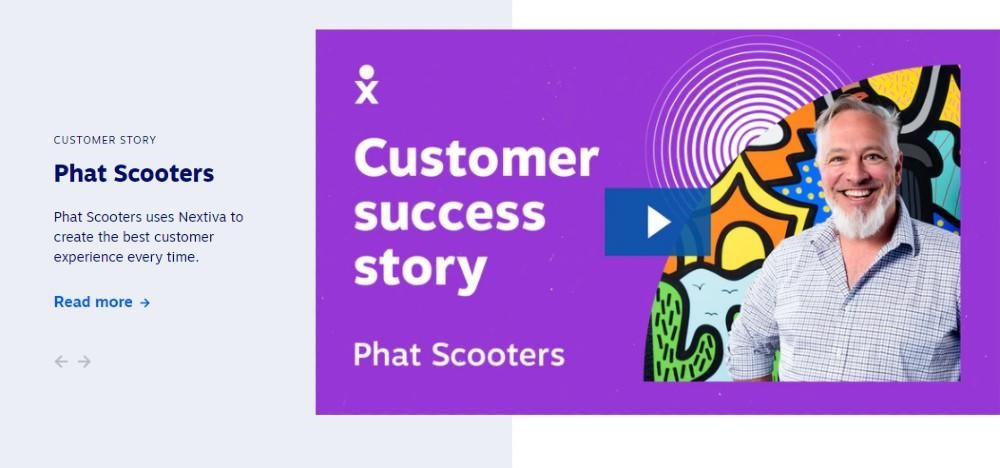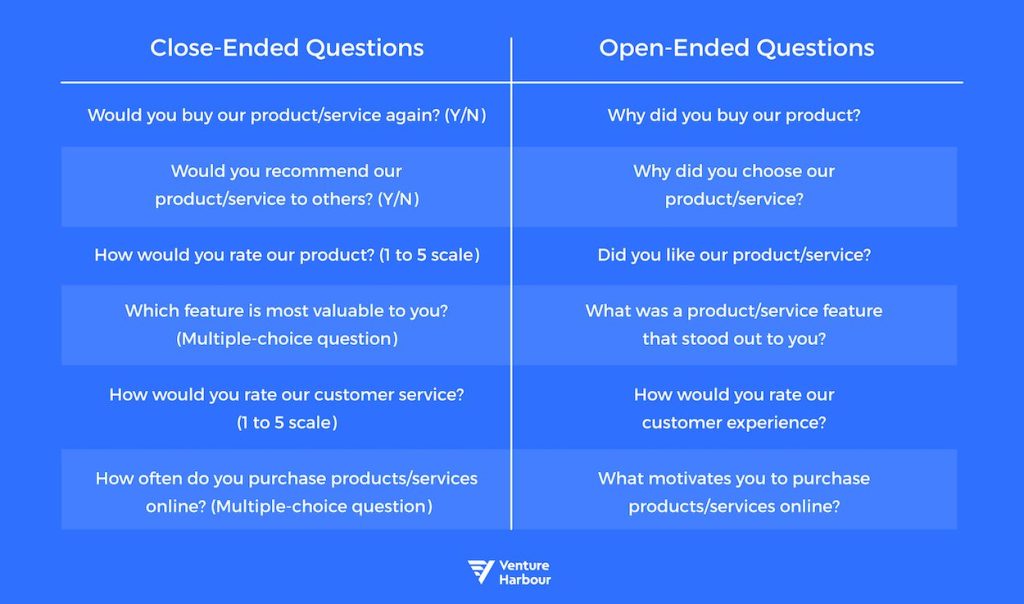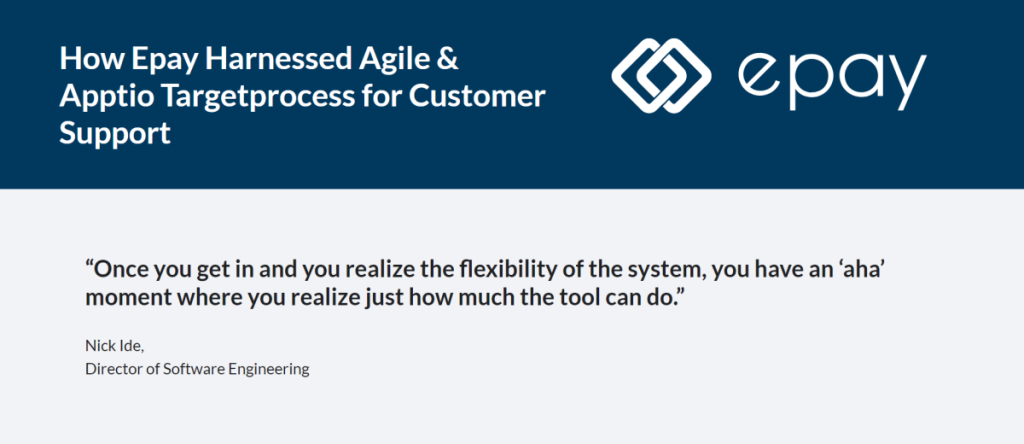Case studies provide one of the most effective ways of converting leads into paying customers. That’s because they address some of the most critical customer objections.
For starters, case studies demonstrate that a product or service works. A well-created case study can walk your leads through the customer journey. It narrates a story of how a prospect had a specific problem and how the product resolved that problem. It goes even further to show measurable results that were achieved.
Case studies also give your products social proof. They provide more details than you can get from a line or two of a user review. Plus, they have an aspect of storytelling. These elements leave a significant impression on a prospect increasing their likelihood of turning into customers.
There’s, therefore, no doubt that your business needs case studies. But, how do you create compelling case studies?
In this review, we will look at how you can create a case study through surveys.
How to prepare your case study
Most online businesses have case studies, but the quality of these studies is usually poor. Most focus on the results and fail to map out the customer’s journey. In other instances, the case studies are too dull to keep the leads engaged.
So, here’s how to prepare your business case study correctly:
Begin with a specific goal in mind
Case studies are generally used to convert leads into customers. That’s the ultimate goal. However, you have to know and understand your leads to create a relatable case study.
That means you need to start by researching your target audience and creating a buyer persona.
Pay attention to your target audience’s needs or pain points. Knowing what your ideal customers struggle with allows you to create a relevant case study.
Understanding your audience also helps you refine the story behind your case study. For example, when dealing with a B2B audience, you’ll need to showcase your expertise at a higher level. This guide to B2B marketing on the Crunch Marketing blog provides a bit of insight into how to approach the B2B sector.
In contrast, a B2C case study doesn’t have to be too technical. For example, if you’re building an acne solution case study, you don’t need to get into the nitty-gritty chemical details of what each ingredient does to the body.
Before creating a powerful case study, you have to understand your target audience and have a specific goal in mind.
Choose the best person for your case study.
The next step is choosing the person for your case study. That shouldn’t be challenging as most satisfied customers will jump to the opportunity when you spell out its benefits. For example, the participant will get free publicity since the case study will be published on home pages, landing pages, and social media.
However, you shouldn’t pick just any client. First, identify the person that mirrors your target audience. For example, if you’re targeting prospects who struggle with lead generation, find a satisfied client who had a similar problem.
You can even go as far as looking at the specific niche of the client. For instance, if you’re targeting SaaS companies, then do a case study about a SaaS firm.
The goal here is to make your prospects see themselves in the case study. Achieving that increases the chance of converting them into engaged customers.
That’s the approach Nextiva took when creating the following case study. They wanted to demonstrate the impact of its unified communications software. So, they identified a client who mirrored their target audience and used them in the case study.
Once you identify the right person, reach out and ask if they’re interested. A few clients may be hesitant. For instance, free publicity and backlinks are not enough incentives if the client is already pretty big in their niche. But you can sweeten the deal by offering your services at a discounted rate, for example.
Mediums to consider
Lastly, identify the perfect medium for your case study. Generally speaking, written and video case studies are the most common. However, you don’t have to limit yourself to those mediums alone.
From your customer persona, you should know which channels your ideal customers love. You can then optimize the case study format for those channels.
For example, you can do an audio interview and distribute it through podcasts if your target audience is into podcasts. Or, you can do a video interview and share it on your YouTube channel and socials.
All in all, the best approach is to do a video interview. You can then repurpose the content for different channels as required.
That’s what Gartner did here:
The study is available in video format and as a blog. You can also download it as a PDF.
Questions to include in your survey
A good case study survey collects quantitative and qualitative data. You need the quantitative data to demonstrate pain points and results with measurable metrics. For example, the client spent this amount of money on lead acquisition before and after your intervention. Or, they had this amount of monthly traffic before you came in with a solution.
Qualitative data, on the other hand, gives your case study a personal touch. Qualitative research methods give participants an opportunity to describe their pain points and the impact of your solution in their own words. Moreover, they allow respondents to describe their experience working with you.
You will need open- and closed-ended questions to collect that kind of data. Close-ended questions have yes or no answers. They’re easy to analyze, too.
Asking the respondent to rate something within a given scale also falls under close-ended questions. Meanwhile, open-ended questions give respondents more freedom. Analyzing answers to open-ended questions takes time, but it’s always worth it. These questions produce tons of insightful data.
As for the questions themselves, you’ll need to cover several key categories. Get the introductions out of the way first. So let your client describe who they are, their position, and what their company does.
Then, move on to the challenges or pain points they had.
Next, did they try any other solutions before coming to you? If yes, how did those solutions perform?
Then, ask how they found your company and what influenced them to seek your services. That’s a great question to show prospects how your business is different from your competitors. It can also give you insights into what prospects look for when seeking a solution. Ask the client to describe the approach you took to address their problem. It’s also a great place to ask them to describe their role during the process.
Finally, get to the results. Here are a few questions to consider:
- What was the impact of your solution?
- What results did the client see, and after how long?
- How did the results affect the overall performance of their business?
Close the survey by asking the respondent to describe their experience working with you. You can also ask what recommendations they may have for other people going through the same challenge.
Don’t fill the survey with too many questions. You also want to arrange the questions correctly and mix the open and close-ended questions to keep your survey engaging.
Significance of storytelling
Nothing draws readers more than a well-written story. Readers may forget how much revenue your product generated for a client. However, it’s hard for them to forget the engaging story of how you helped a struggling client and transformed their business for the better.
Moreover, storytelling introduces emotions. Your client experienced feelings ranging from disappointment and despair to desperation when they struggled with their needs and couldn’t find any solution. Then they entered a phase of worry and uncertainty during the execution stage of your solution. Finally, your services produced the desired results, and now the client is over the moon.
The rollercoaster of emotions doesn’t just make your story more interesting. It influences prospects to take the desired action. After all, the impact of emotional content in marketing is well documented.
So, how do you introduce storytelling in your case study? First, a good story needs a hero, your client. Then, harness your creativity. Adopt a conversational tone and avoid jargon. You can also use quotes at strategic points throughout the case study.
Use statistics to make your point. For example, you can share screenshots when discussing the results achieved.
Wrapping Up
Case studies are critical for pushing leads across the line. However, that’ll only happen if you create a high-quality case study. To do that, you can use surveys.
You learned some tips on how to use surveys to create case studies from this article. Find the right person to mirror the target audience and the appropriate mediums. Create your survey questions. Keep your survey short with open and close-ended questions.
In writing your case study, adopt a storytelling approach.
Follow these tips, and you’ll create a high-quality case study that generates results.
About the Author

Nico Prins is the founder of Crunch Marketing, a SaaS marketing agency. The company works with enterprise SaaS clients, helping them scale lead generation globally across EMEA, APAC, and other regions.





